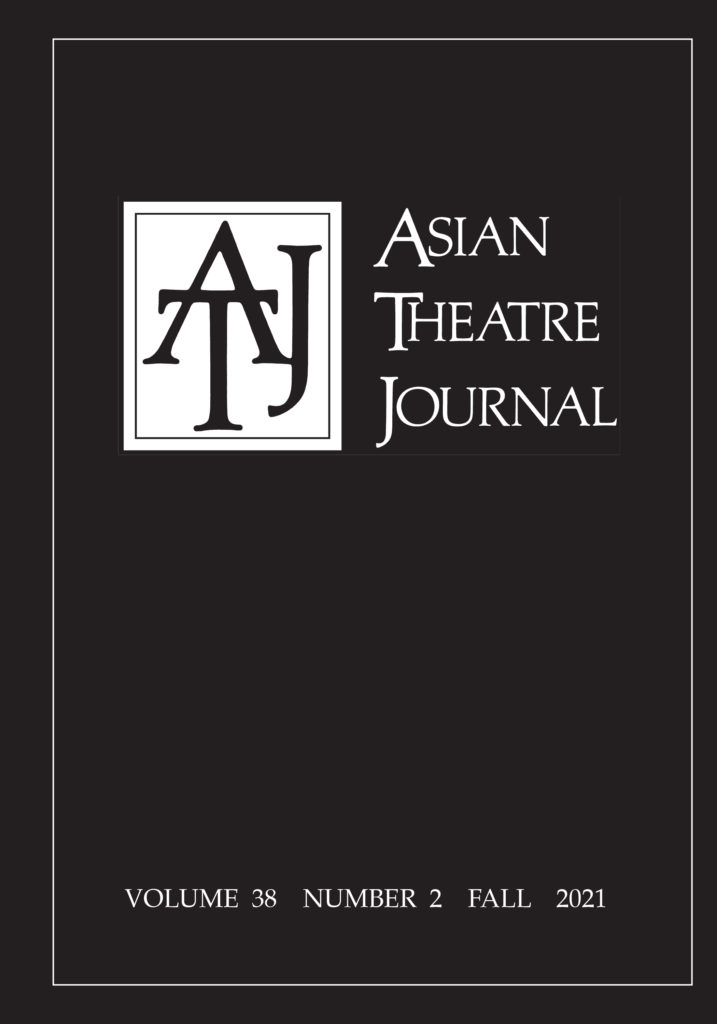
Asian Theatre Journal
Volume 38, Number 2 (2021)
The new issue includes the following articles and reports:
Raktim Pariwar’s Red Lanterns: Dance and Cultural
Revolution in Nepal
Anna Marie Stirr
The Tokyo Festival World Competition 2019
Cody Poulton
Find more research articles, reports, and reviews at Project MUSE.
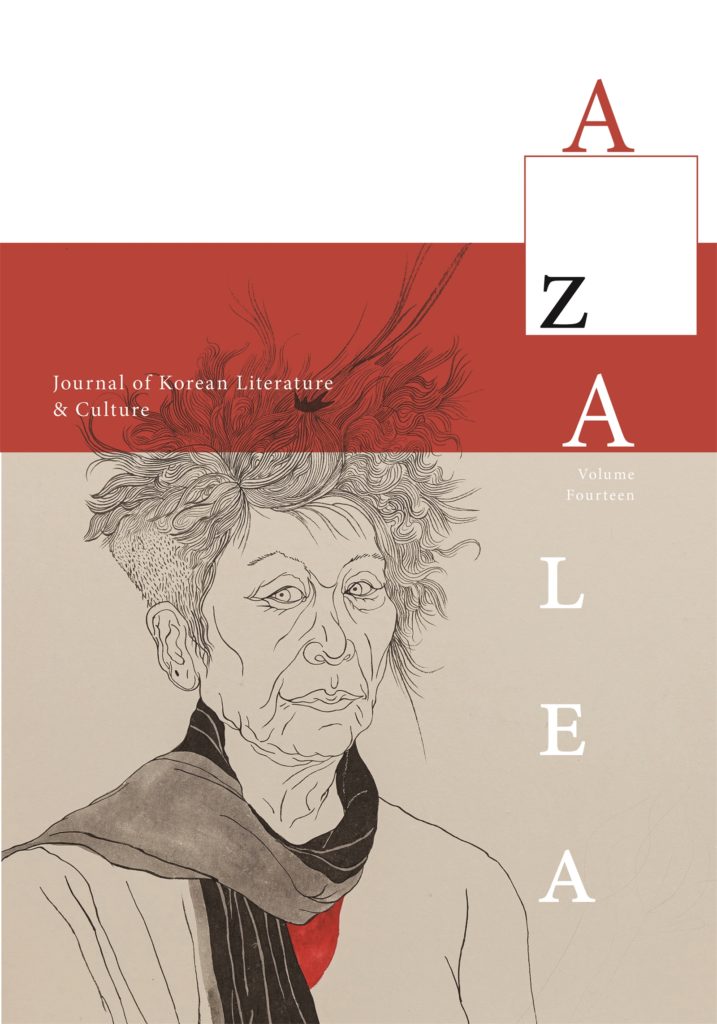
Azalea: Journal of Korean Literature & Culture
Volume 14 (2021)
Special Feature: Korean Genre Fiction; O Chang-hwan; and Gender Trouble In Korean Literature
From the Editor Young Jung-Lee:
One of the most important recent shifts in Korean literature is found in gender conflict. This “Special Feature: Gender Trouble in Korean Literature and Society,” guest-edited by Hye-Ryoung Lee, shows a fundamentally new perspective through six scholars reading Korean Literature and Society. Over the past decade, the #MeToo Movement has shaken the world, and Korean society has been no exception, as can be seen in Choi Young-mi’s poem “En,” introduced here with six critical essays. Even before its publication, “En” was the focus of media attention, and it remained a hot topic in Korean society for years due to Choi’s high-profile court battles.
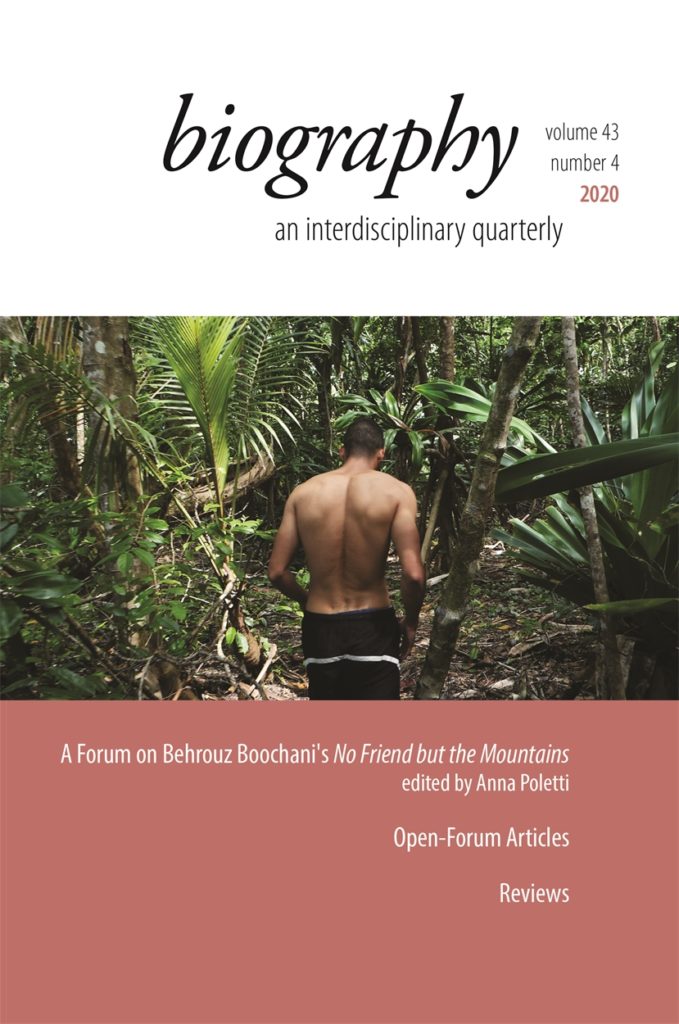
biography
Volume 43, Number 4 (2020)
Special Feature: A Forum on Behrouz Boochani’s No Friend but the Mountains
From Coeditor Anna Poletti:
With this forum, we, the editors of Biography, inaugurate a new feature of the journal that aims to respond to and amplify specific examples of the power of life writing as a cultural, political, and social practice, and which document key moments in the evolution of that practice. In this forum, No Friend but the Mountains is discussed as both a profoundly localized text responding to, making knowledge about, and exposing a highly specific and complex set of conditions, and as a uniquely transnational text that speaks to and about a global phenomenon. Its highly innovative use of life writing as a narrative technique and epistemological practice warranted, in our minds, a concentrated response from the journal. Commissioning and editing this response has renewed my appreciation for the primary concerns of lifewriting scholarship: tracking the mercurial power of personal storytelling to crystalize the contemporary moment in such a way that new knowledge emerges from the entanglements it depicts, and the entanglements it drags its readers into.
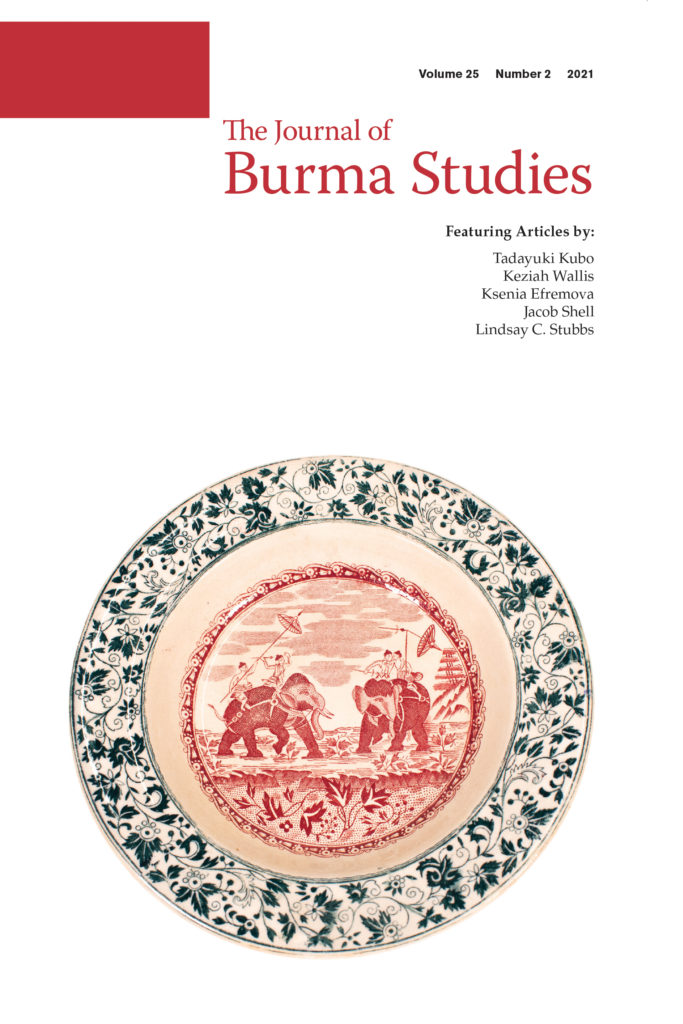
The Journal of Burma Studies
Volume 25, Number 2 (2021)
The new issue includes the following articles:
Ethnocentrism or National Reconciliation: Rethinking
Ethnic Relations and the History of Karenni
Tadayuki Kubo
Nats in the Land of the Hintha: Village Religion
in Lower Myanmar
Keziah Wallis
Elephant Riders of the Hukawng Valley, Kachin State:
Evasive Mobility and Vadological Geography
Jacob Shell
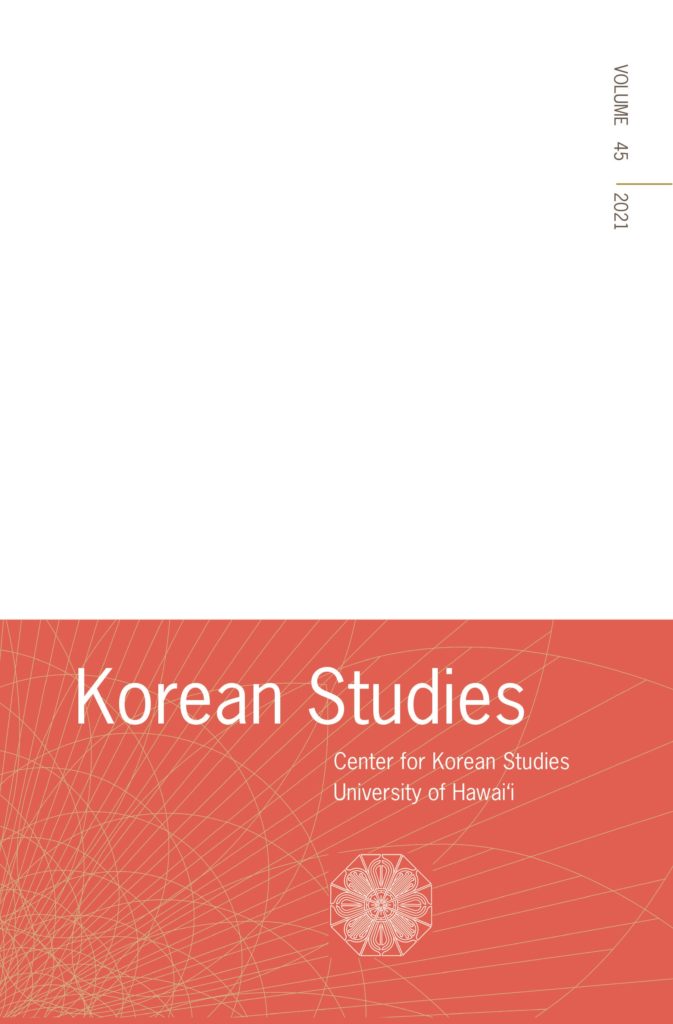
Korean Studies
Volume 45 (2021)
Special Section: Unsettling Korean Migration: Multiple Trajectories and Experiences
From the Editor Cheehyun Harrison Kim:
This analytic potency of migration is superbly demonstrated in this volume’s Special Section Unsettling Korean Migration: Multiple Trajectories and Experiences, guest edited by Sunhee Koo (The University of Auckland) and Jihye Kim (The University of Central Lancashire). Sunhee Koo and Jihye Kim have brought together papers on labor (Yonson Ahn and Jihye Kim), ritual life (Marcus Bell), cultural identity (Sunhee Koo), and artistic production (Hee-seung Irene Lee and Soojin Kim). The six engrossing articles deal with how the Korean diaspora—in Argentina, Germany, Japan, China, and the United States—have shaped and represented their particular situations through negotiation, resilience, and creativity. The authors are highly critical of any national framework, and they see diasporic life as contexts of not only sorrow and sacrifice but also innovation and regeneration. Sunhee Koo and Jihye Kim offer a detailed explanation in their Introduction.
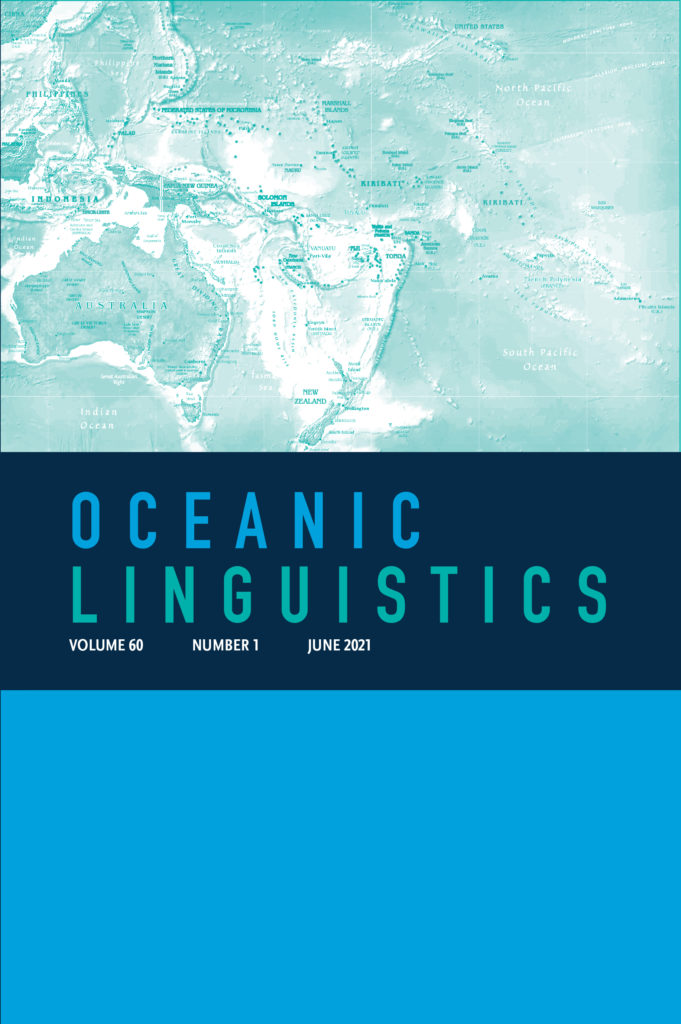
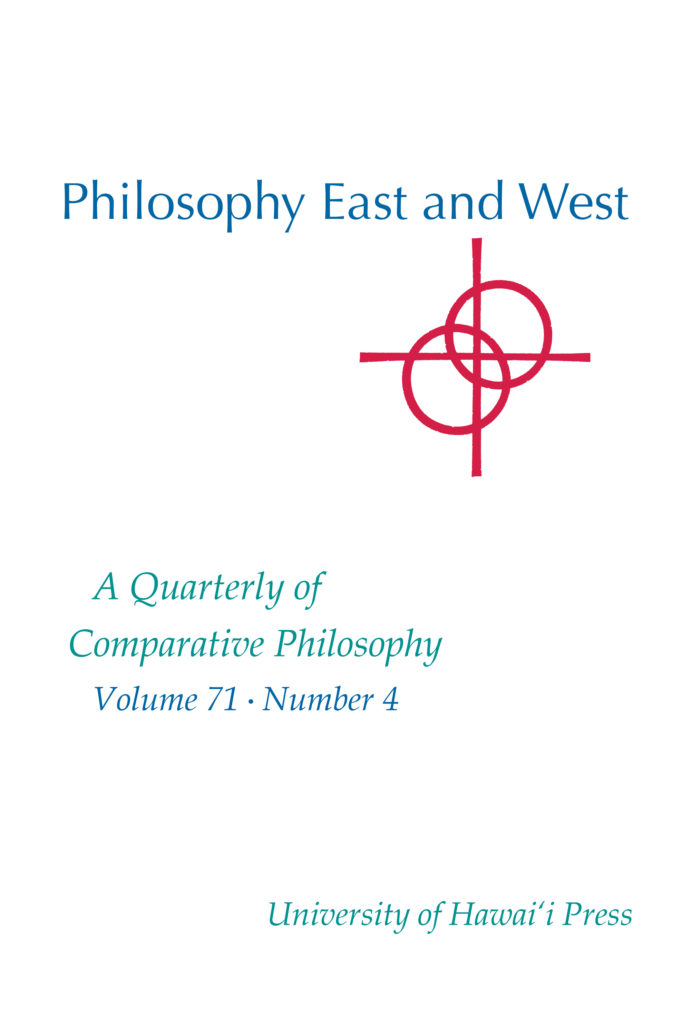
Oceanic Linguistics
Volume 60, Number 1 (2021)
The new issue includes the following articles:
Avaipa, a Language of Central Bougainville
Jason Brown,Melissa Irvine
East Polynesian Subgrouping and Homeland Implications Within the Northern Outlier–East Polynesian Hypothesis
William H. Wilson
Toward a Comparative Typology of ‘Eating’ in Kanak Languages
Anne-Laure Dotte, Claire Moyse-Faurie
Find more research articles and reviews at Project MUSE.
Philosophy East and West
Volume 71, Number 4 (2021)
The new issue included the following articles and translations:
Jian’Ai: Considerations From the “Greater Selection”
Susan Blake
Patterning the Myriad Things: Holism, Harmony, and Anthropogenic Influence in the Huainanzi
Matthew Hamm
Confucianism and Totalitarianism: An Arendtian Reconsideration of Mencius versus Xunzi
Lee Wilson
“America’s National Character” by Watsuji Tetsurō: A Translation
Kyle Michael James Shuttleworth, Sayaka Shuttleworth, Watsuji Tetsurō
Find more research articles, translations, and reviews at Project MUSE.





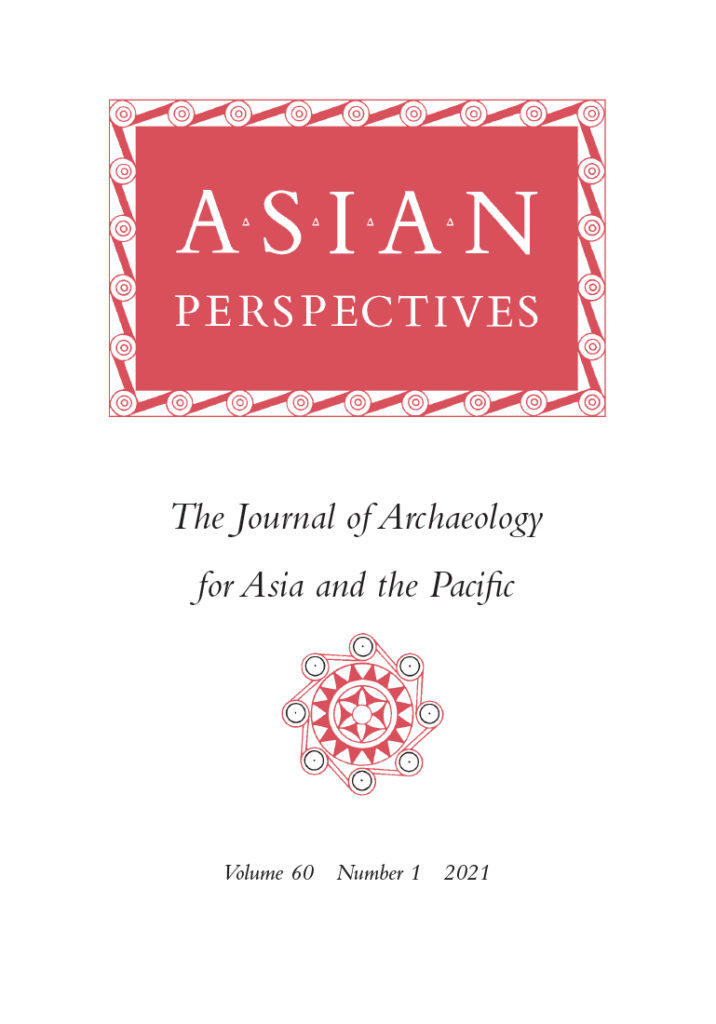
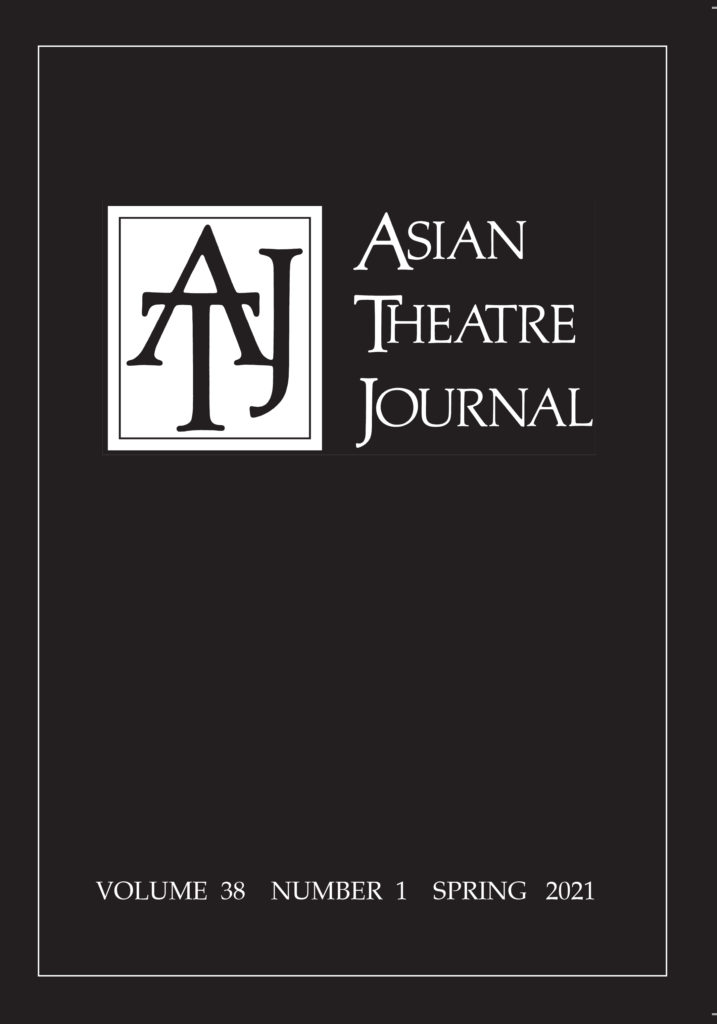
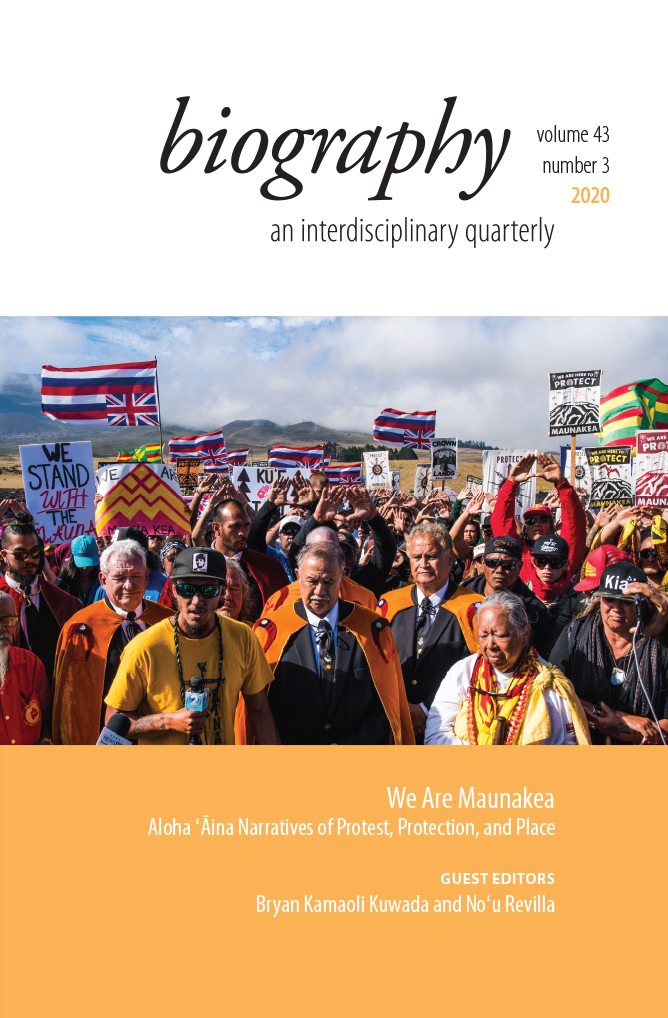

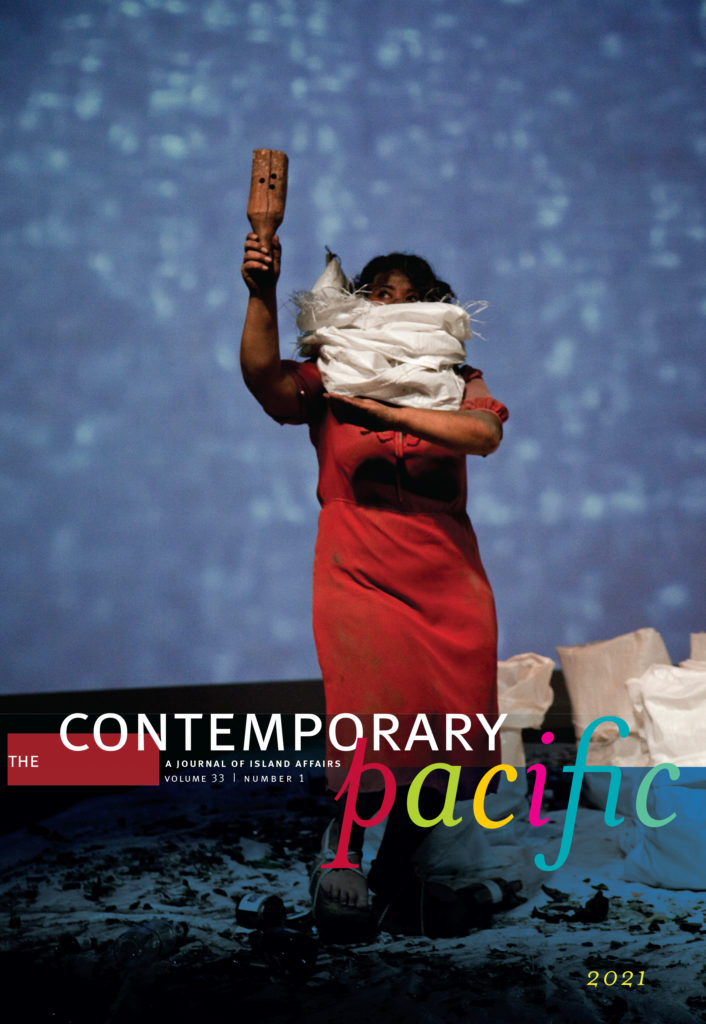
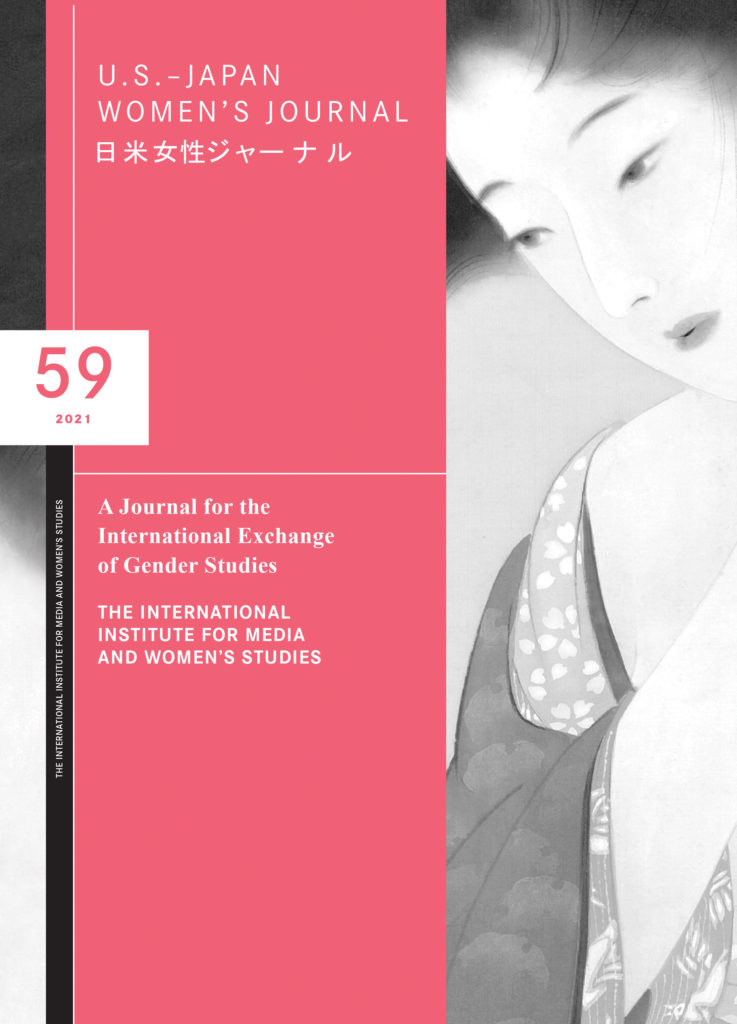
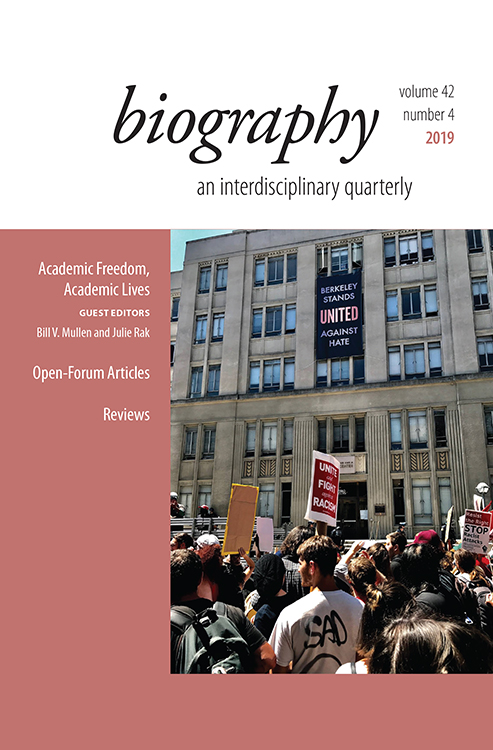
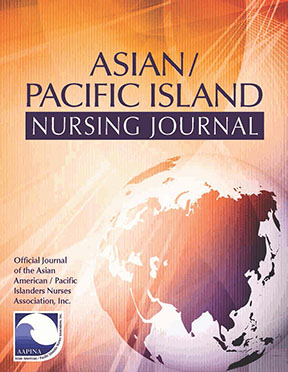
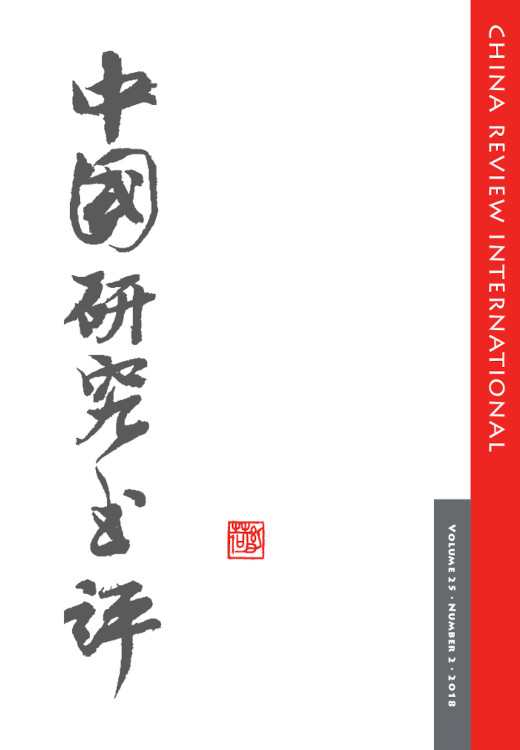
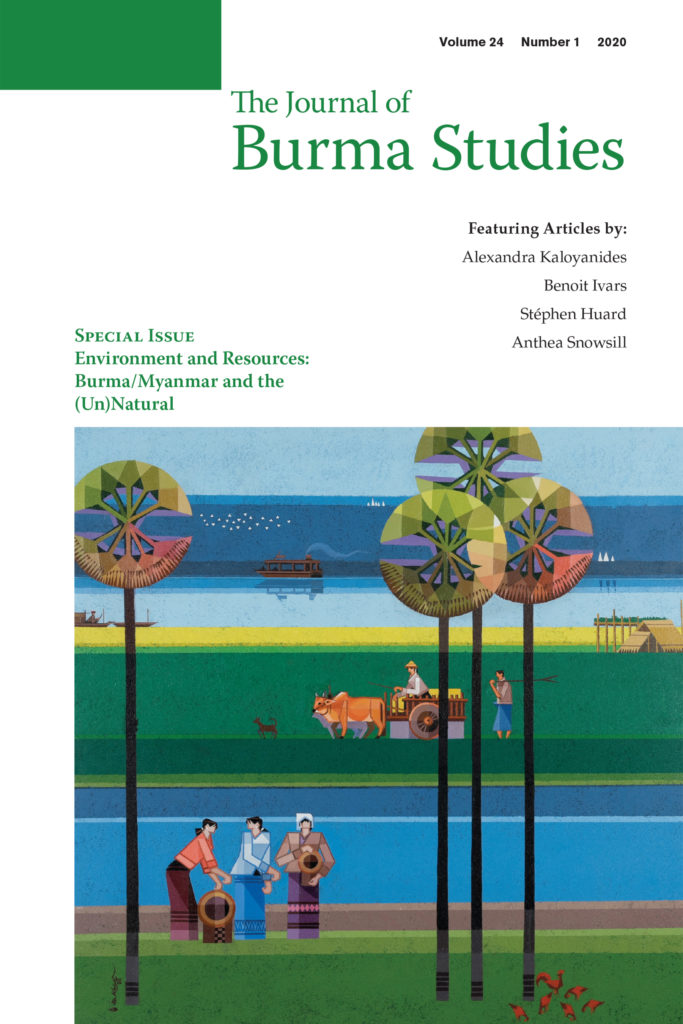
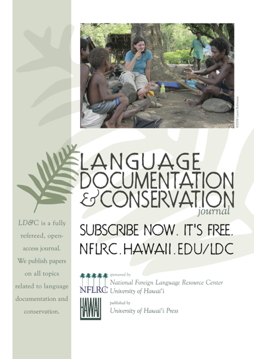
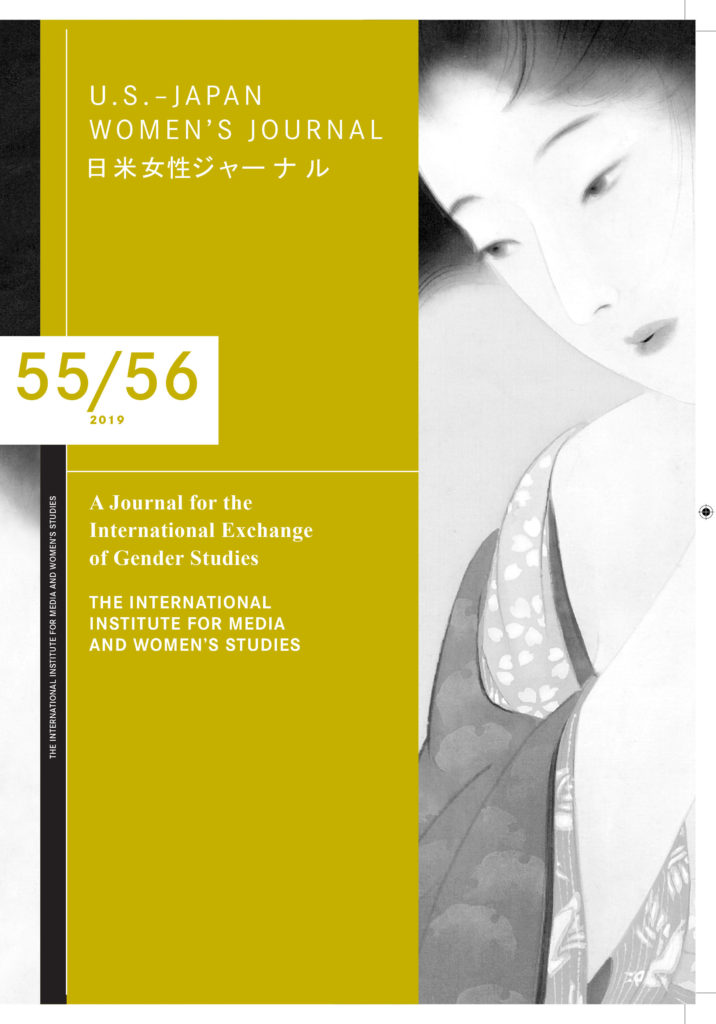
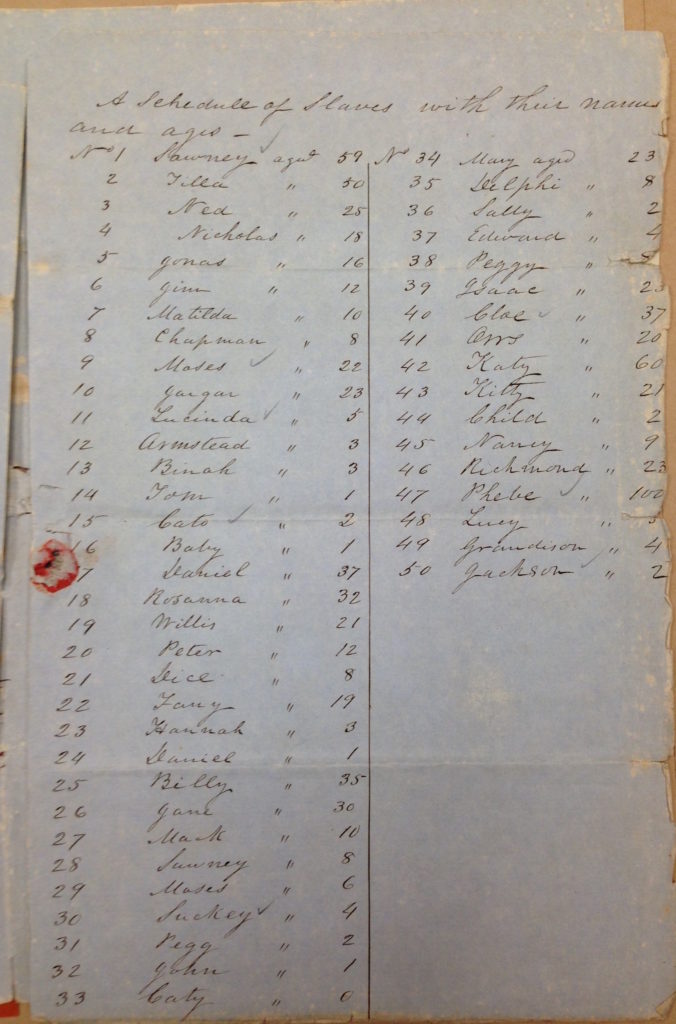
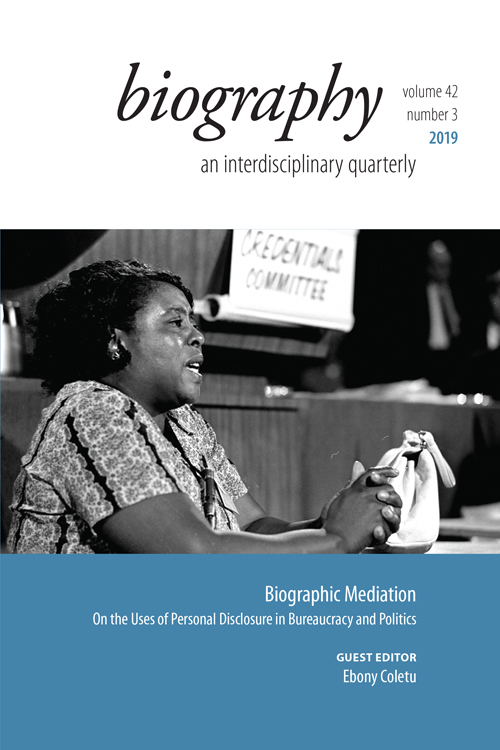

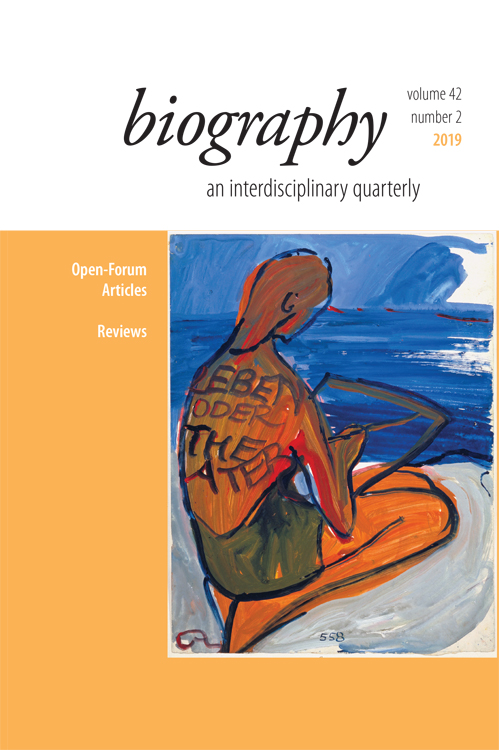
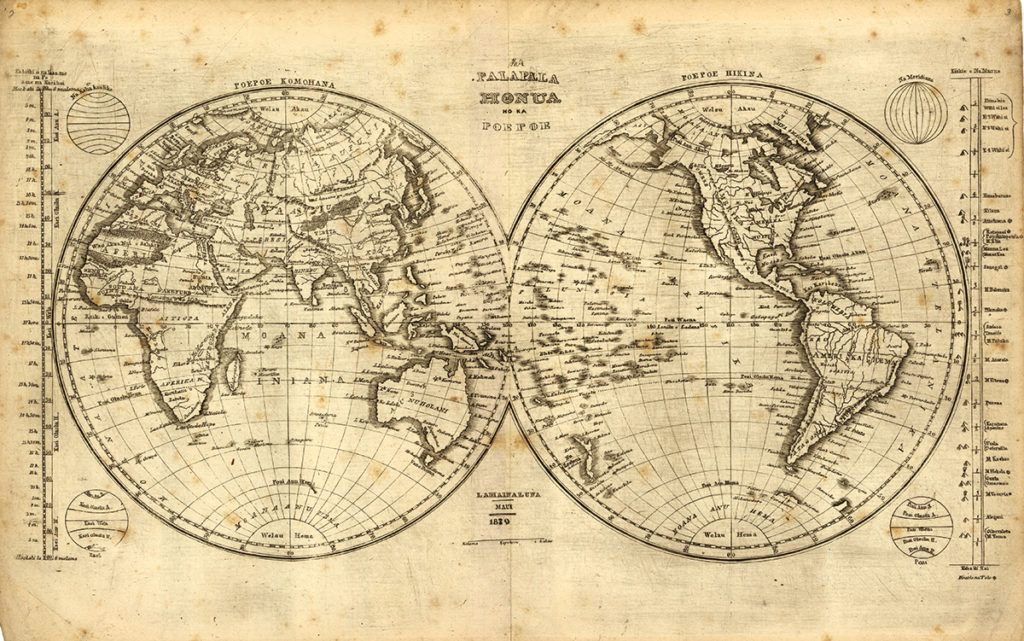
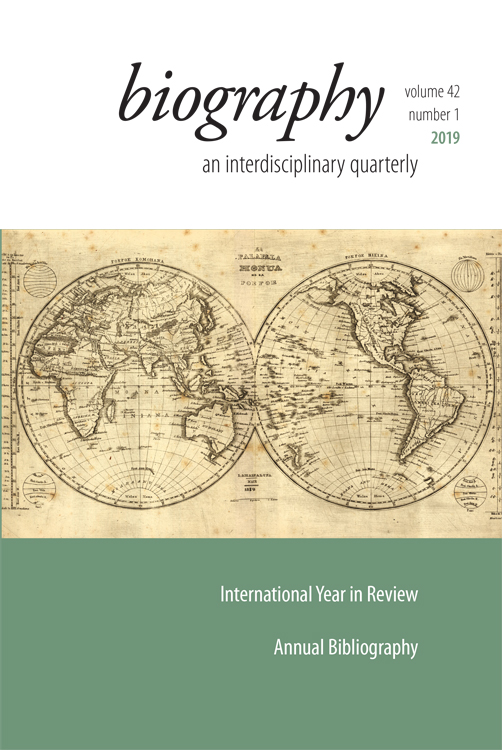
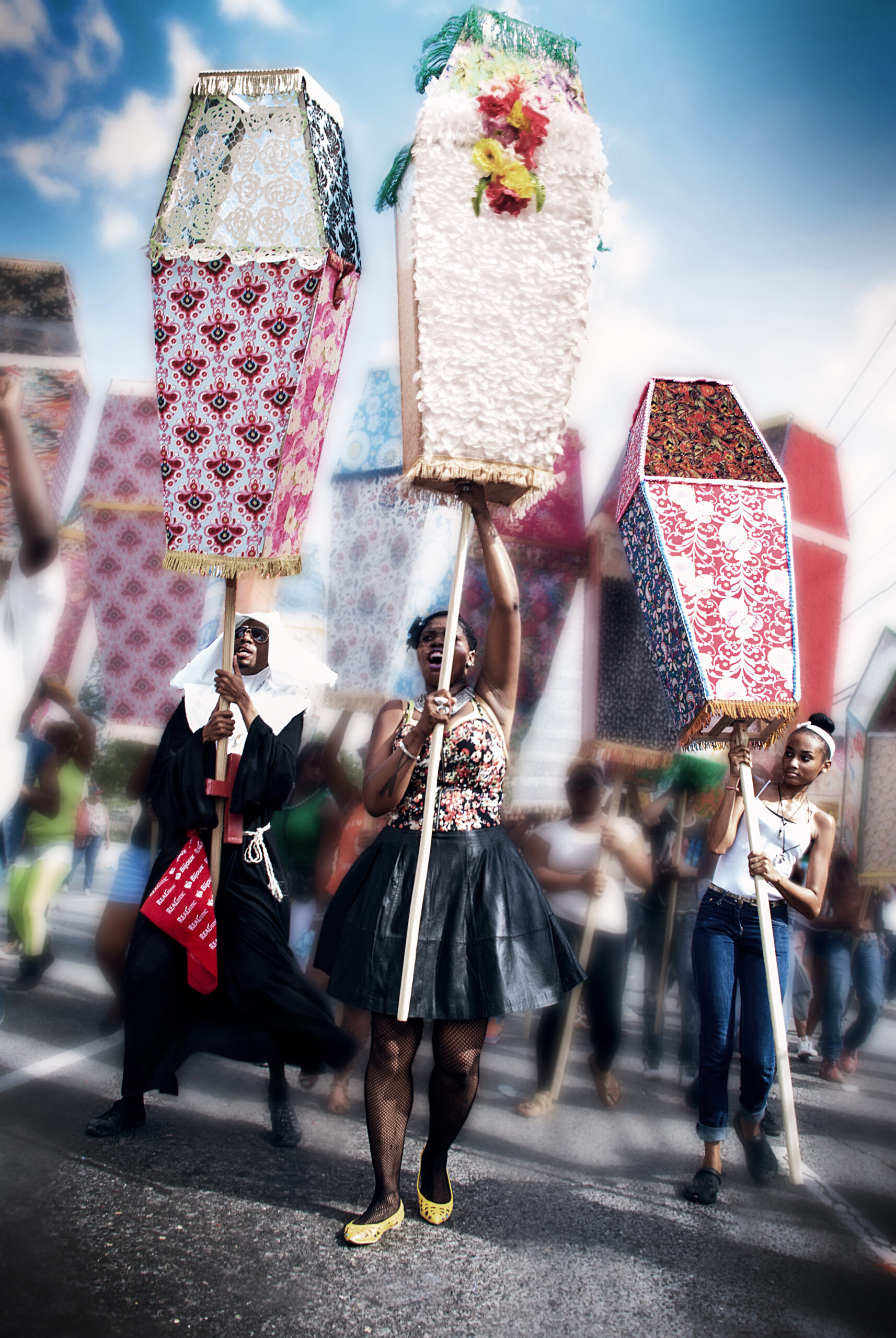
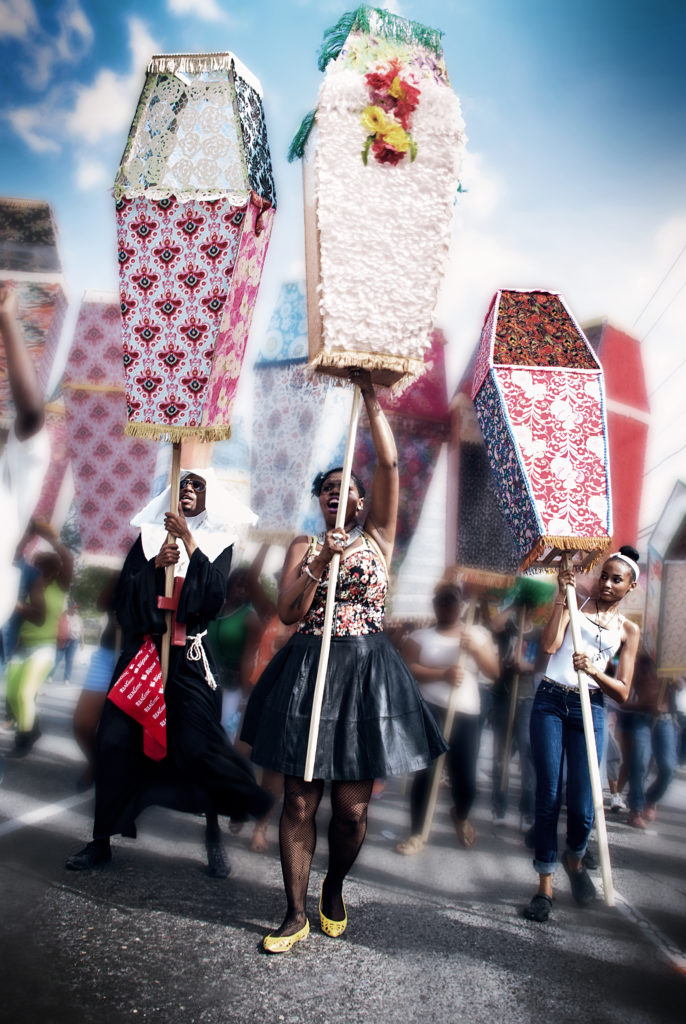
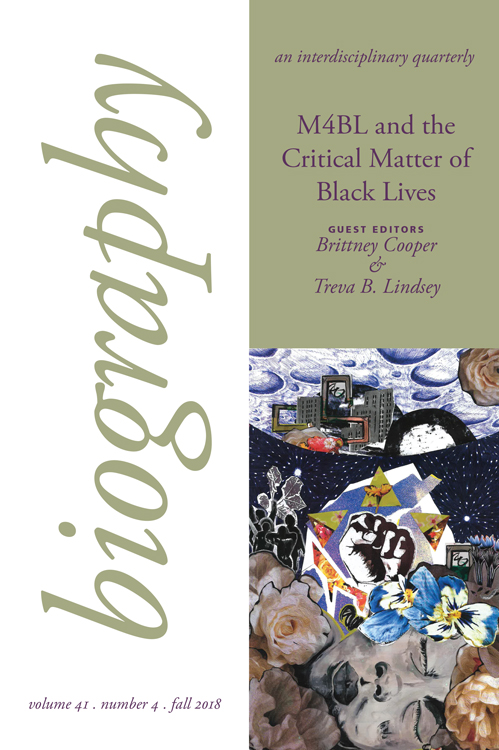
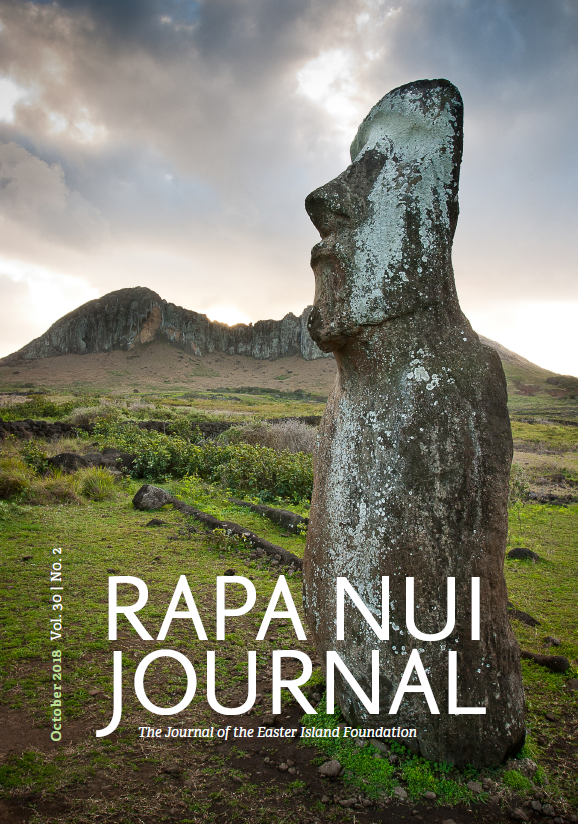



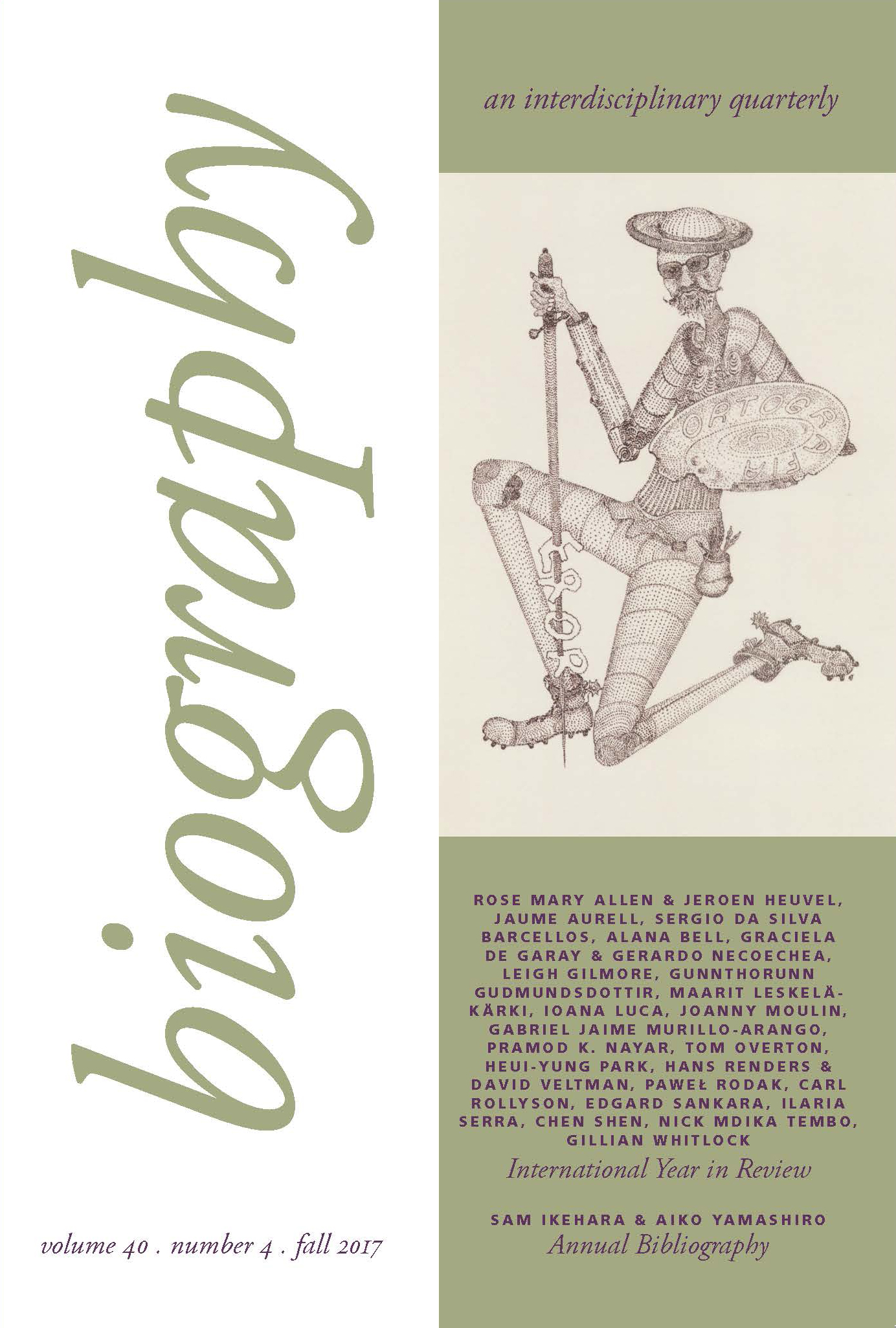 About the Journal
About the Journal